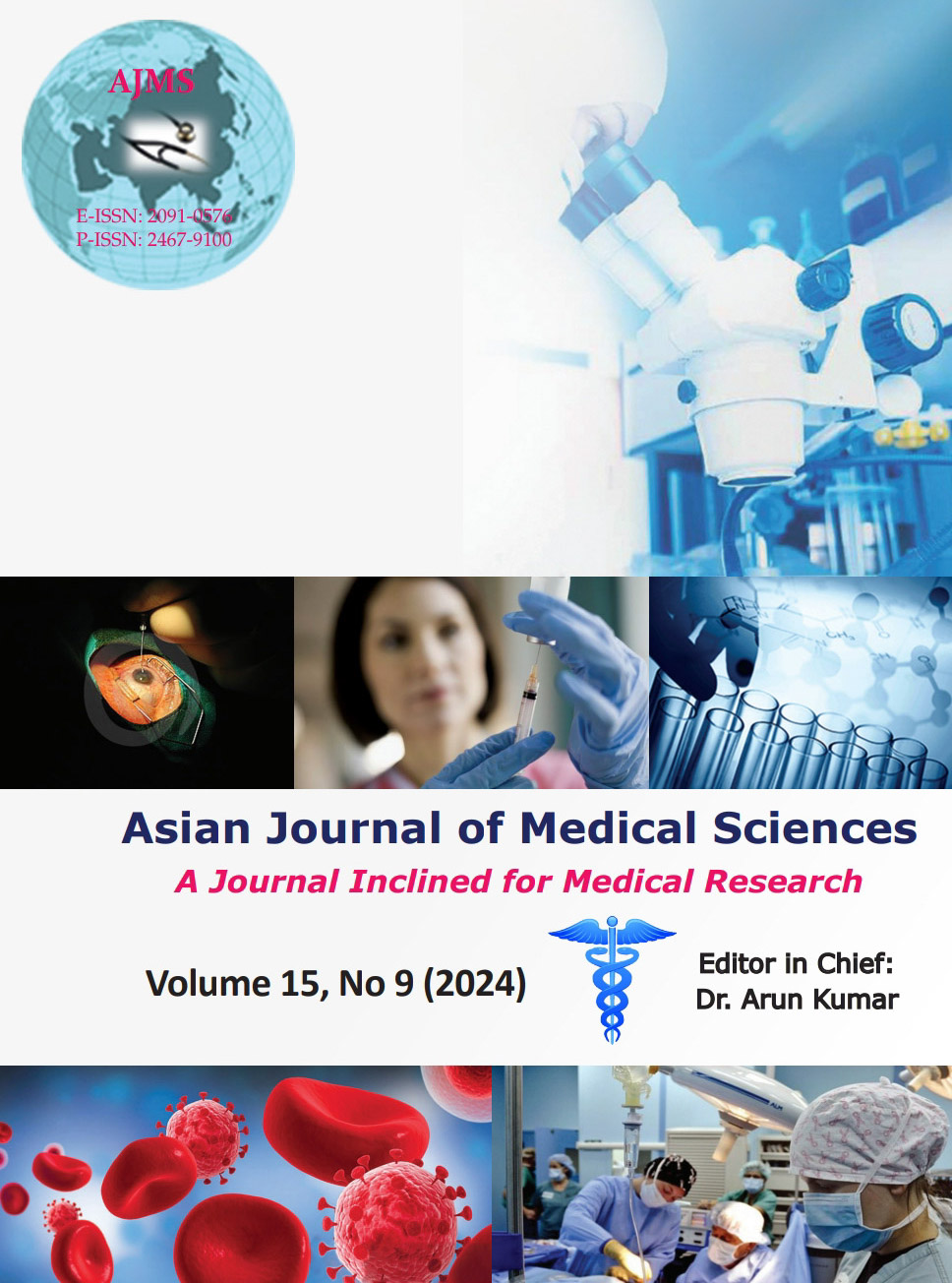A comparative study of low-dose intrathecal bupivacaine 0.5% (heavy), levobupivacaine 0.5% (plain), and levobupivacaine 0.5% (heavy) with fentanyl as an adjuvant in transurethral resection of prostate surgery: A prospective randomized study
Keywords:
Hyperbaric; Isobaric; Levobupivacaine; Bupivacaine; Intrathecal fentanyl; Spinal anesthesia; Transurethral resection of the prostateAbstract
Background: Spinal anesthesia is the technique of choice for transurethral resection of the prostate (TURP) surgeries. Levobupivacaine, an S-enantiomer of bupivacaine, is less cardiotoxic than bupivacaine; therefore, a low dose of local anesthetic with fentanyl as an adjuvant has been used to decrease toxicity and increase efficacy.
Aims and Objectives: The aim of this study was to compare and evaluate the efficacy of hyperbaric bupivacaine 0.5%, isobaric levobupivacaine 0.5%, and hyperbaric levobupivacaine 0.5% with fentanyl as an adjuvant.
Materials and Methods: One hundred and five patients scheduled for elective TURP surgeries were randomly divided into three groups. Group BH (n=35) received 1.5 mL of 0.5% hyperbaric bupivacaine with 25 μg of fentanyl, Group LH (n=35) received 1.5 mL of 0.5% hyperbaric levobupivacaine with 25 μg of fentanyl, and Group LP (n=35) received 1.5 mL of 0.5% isobaric levobupivacaine with 25 μg of fentanyl intrathecally.
Results: The onset of sensory and motor block was earlier and the duration of analgesia and motor block were longer in the BH group (P<0.001) as compared to LH and LP groups. The demographic data, duration of surgery, heart rate, SpO2, pruritus, and shivering were comparable between the groups (P>0.05). The visual analog scale score was higher in the LP group. Hypotension, nausea, and vomiting were seen in the BH group.
Conclusion: Hyperbaric is better than isobaric group due to quicker onset and longer duration. Levobupivacaine is better than bupivacaine in terms of the early mobilization and a lesser incidence of side effects, making hyperbaric levobupivacaine a better alternative to isobaric levobupivacaine and hyperbaric bupivacaine.
Downloads
Downloads
Published
How to Cite
Issue
Section
License
Copyright (c) 2024 Asian Journal of Medical Sciences

This work is licensed under a Creative Commons Attribution-NonCommercial 4.0 International License.
Authors who publish with this journal agree to the following terms:
- The journal holds copyright and publishes the work under a Creative Commons CC-BY-NC license that permits use, distribution and reprduction in any medium, provided the original work is properly cited and is not used for commercial purposes. The journal should be recognised as the original publisher of this work.
- Authors are able to enter into separate, additional contractual arrangements for the non-exclusive distribution of the journal's published version of the work (e.g., post it to an institutional repository or publish it in a book), with an acknowledgement of its initial publication in this journal.
- Authors are permitted and encouraged to post their work online (e.g., in institutional repositories or on their website) prior to and during the submission process, as it can lead to productive exchanges, as well as earlier and greater citation of published work (See The Effect of Open Access).




